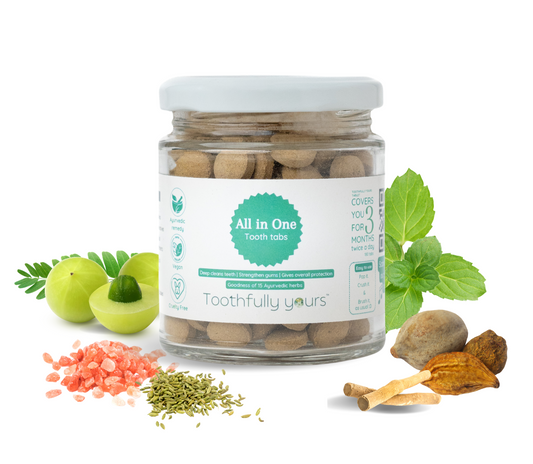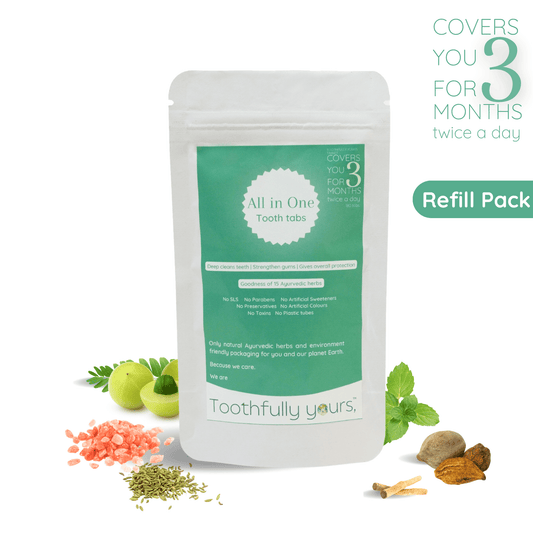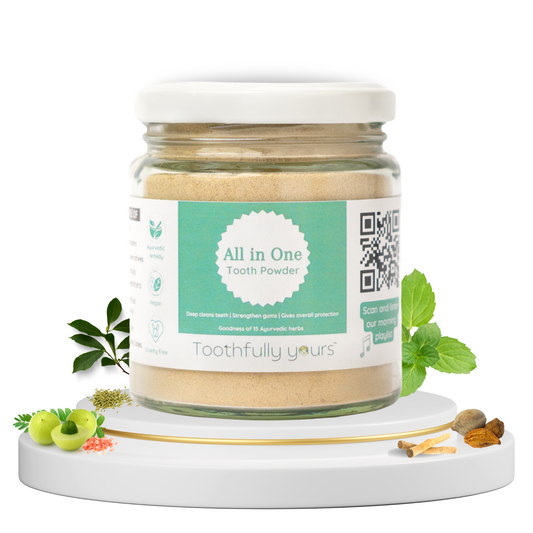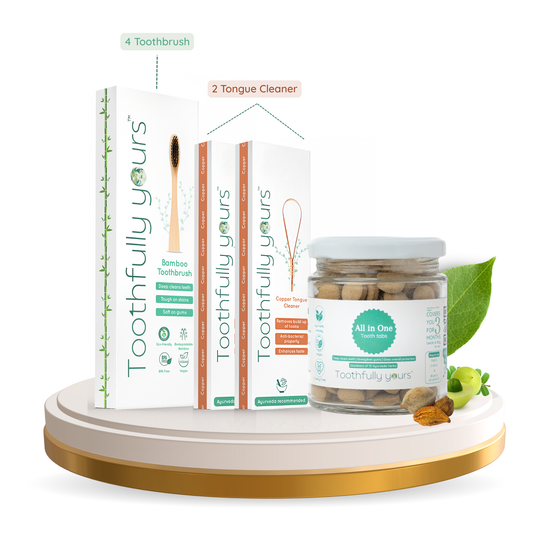
Tooth Decay: Understanding Symptoms, Types, Causes, Treatment, and Cavity Fillings
Tooth decay, a common oral health issue, affects millions of people worldwide. In this comprehensive guide, we'll delve into the intricacies of tooth decay, exploring its symptoms, types of cavities, underlying causes, treatment options, and the cavity filling process to help you maintain optimal oral health.
Understanding Tooth Decay:
Tooth decay, also known as dental caries, is the result of bacterial activity that leads to the destruction of tooth enamel and the formation of cavities. This process occurs when plaque, a sticky film of bacteria, accumulates on the teeth and produces acids that erode the enamel, causing decay.
Tooth Decay Symptoms:
Symptoms of tooth decay vary depending on the severity of the condition but may include tooth sensitivity to hot, cold, or sweet foods and beverages, toothache, visible pits or holes in the teeth, dark spots or stains on the enamel, and pain or discomfort when biting or chewing.
Types of Cavities:
There are several types of cavities, including:
1. Pit and Fissure Cavities: These cavities occur on the chewing surfaces of the molars and premolars, where pits and fissures trap food particles and bacteria.
2. Smooth Surface Cavities: Smooth surface cavities develop on the flat surfaces of the teeth and are often caused by poor oral hygiene habits.
3. Root Cavities: Root cavities form on the roots of the teeth when the gums recede, exposing the softer root tissue to decay.

EDITOR’S PICK
Oral Care routine your smile deserves.
Ayurveda's remedies with highly effective herbs and nothing else.
Check Now →
Causes of Tooth Decay:
The primary causes of tooth decay include poor oral hygiene, consumption of sugary and acidic foods and beverages, dry mouth, and certain medical conditions. Plaque buildup on the teeth provides a breeding ground for bacteria, which produce acids that attack the enamel and lead to decay.
Tooth Decay self-care:
1. Revise your diet by incorporating more calcium-rich foods like kale and dairy to fortify your teeth. Eliminate sugary drinks to prevent plaque accumulation, reducing the risk of cavities.
2. Maintain oral hygiene by brushing and flossing daily, supplemented with mouthwash. This routine prevents bacterial growth and decay, safeguarding your teeth.
3. Boost your diet with vitamins B, D, magnesium, and iron or consume whole grains and seafood for a natural source. These nutrients support saliva production and strengthen teeth, preventing decay.
4. Monitor the pH levels of your diet, avoiding acidic beverages like coffee, which promote bacterial growth. Green tea, with its antioxidants, offers a tooth-friendly alternative.
5. Incorporate oil pulling into your oral care routine using sesame, sunflower, or coconut oil to reduce plaque and gingivitis. Swish the oil for 10-20 minutes before brushing your teeth for optimal results.
Tooth Decay Treatment:
Treatment for tooth decay depends on the severity of the condition. In the early stages, minor cavities can be treated with dental fillings, which involve removing the decayed portion of the tooth and filling the space with a durable material such as composite resin or dental amalgam. For more extensive decay, treatments such as dental crowns, root canal therapy, or tooth extraction may be necessary to restore oral health.
Cavity Filling Process:
The cavity filling process typically involves the following steps:
1. Local Anesthesia: The dentist administers local anesthesia to numb the area around the affected tooth, ensuring a painless procedure.
2. Decay Removal: The dentist removes the decayed portion of the tooth using a dental drill or laser, leaving behind a clean, cavity-free surface.
3. Tooth Preparation: The dentist shapes the cavity to prepare it for filling, ensuring proper adhesion and longevity of the restoration.
4. Filling Placement: The dentist fills the prepared cavity with the chosen filling material, such as composite resin or dental amalgam, and shapes it to match the natural contours of the tooth.
5. Curing and Polishing: The filling material is hardened using a curing light, and the dentist polishes the restoration to achieve a smooth, natural-looking finish.
6. Final Assessment: The dentist evaluates the filling for proper fit, bite alignment, and aesthetics, making any necessary adjustments to ensure optimal comfort and functionality.
FAQs:
How to remove tooth decay yourself?
Tooth decay is a condition caused by ignoring proper oral hygiene and a bad diet over a long period of time. To further not complicate the condition, it is best to visit a dentist and get the decay treated by them rather than trying any remedies or process to remove it by yourself. This can only worsen the condition and can lead to complexities.
What is the best toothpaste for preventing Tooth Decay?
We would be guilty here of favouring our product above all others, but we cannot emphasize enough on ingredients. Ingredient is the king. We urge you to check the ingredient list first before purchasing any toothpaste regardless of their claims.
One can always take the Ayurveda route and use herbs like, as mentioned above, like Triphala, Trikatu, Yashtimadhu, Neem and powder them, mix them with Rock Salt and Turmeric and use it as tooth powder to clean the teeth and maintain the oral hygiene. Or even you can try our All in One Tooth Tabs, which made using 15 Ayurvedic herbs and minerals to give complete protection to your teeth and gums and fight bad breath. Check this guide on how to use tooth tablets?
Takeaway:
Tooth decay is a common dental problem that can lead to pain, discomfort, and serious oral health issues if left untreated. By understanding the symptoms, causes, treatment options, and cavity filling process, you can take proactive steps to protect your smile and maintain optimal oral health. Remember to prioritize regular dental check-ups and cleanings, and consult with a dentist if you experience any signs or symptoms of tooth decay. With proper care and attention, you can keep your teeth strong, healthy, and beautiful for years to come.

Oral Care routine your smile deserves.
Ayurveda's remedies with highly effective herbs and nothing else.
Check Now →




